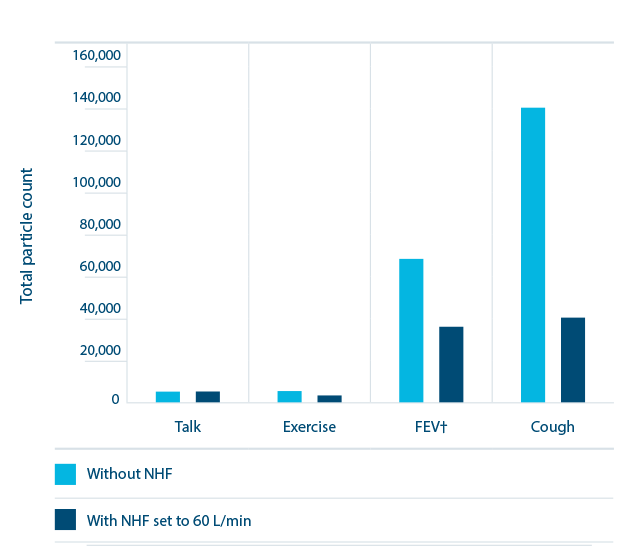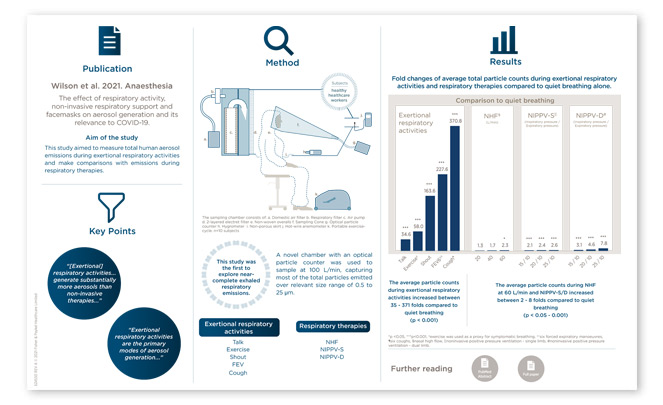Improving Patient Outcomes
The use of NHF to improve outcomes for COVID-19 patients is well documented in the published literature:
Evidence-based guidelines
- World Health Organisation2
- National Institutes of Health3
- National Health Commission of the Peoples Republic of China4
- Surviving Sepsis Campaign5
- Australia and New Zealand Intensive Care Society6
- European Respiratory Society7
- International expert consensus statement8
- Expert recommendations from a French panel consisting of members from various intensive care societies9
Research on outcomes for COVID-19 patients
As NHF has been used as respiratory support throughout the pandemic, clinical observations on its impact on patient outcomes have been peer-reviewed, published, and continue to emerge.10-27
NHF use on COVID-19 patients has been observed to:
• Keep patients off mechanical ventilation and help them stay off.10-11,14-21,24
• Reduce clinical recovery time and length of stay. 10,24-25
• Reduce oxygenation failure.13
• Be successfully used outside of ICU settings.21-23
• Increase comfort and compliance.11-12
• Facilitate awake prone positioning. 11-13
• Reduce PaCO2.12
Note: Bolded outcomes above are findings from studies, including randomized controlled trials. The remaining outcomes listed are from observational studies only.

